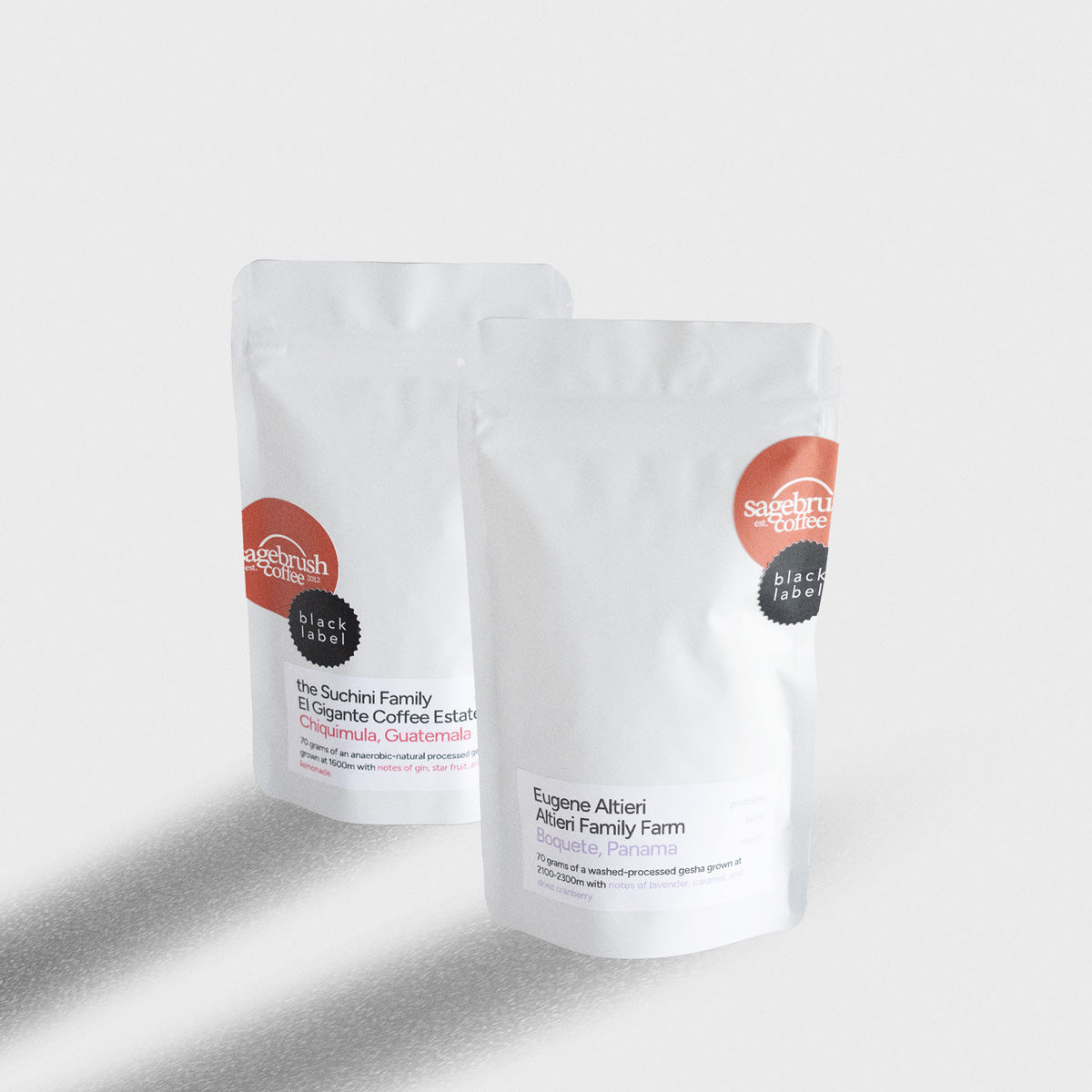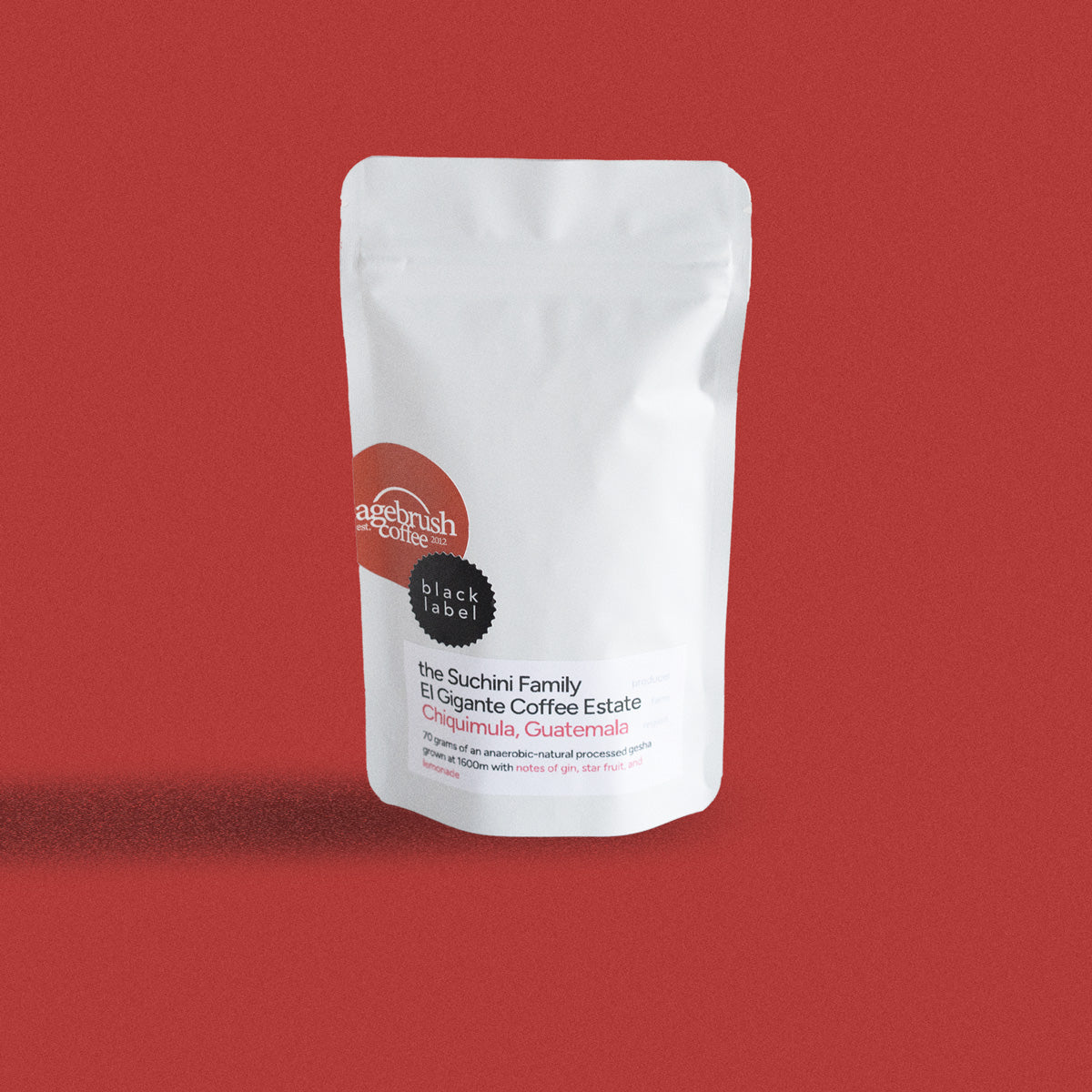Every coffee you’ve ever had has a distinct taste that was created by countless variables, all compounding and contrasting to make a unique cup. To go through those variables and explain how they all correspond is an extremely difficult task. Over the next three blogs, I’ll be explaining the profiles of coffee by focusing on six different beans. I'll explain a few of the factors that gave them their specific flavor profile and why we put them into one of the three bundles: Delicate and Dynamic, Smooth and Chocolatey, and Bright and Fruity.
For the "Delicate & Dynamic" bundle, we chose coffees that were grown in South and Central America. Origin plays a large part in how the coffee can taste, and playing into the strengths of a country’s terroir can make that coffee have a clearer flavor profile. Terroir is the natural characteristics of that country’s climate, soil, and topography. Central and South America have a terroir that lends itself better to a less acidic, more clear-bodied coffee.
The Edier Perdomo Farms, which is the first coffee of this bundle, is an experimental washed process from Colombia. Typically, traditional washed coffees have the mucilage, or the flesh of the coffee cherry, removed before the bean is air dried. This makes the coffee produce less fruity flavor notes. The experimental aspect of this coffee’s washed process comes from the prep of the coffee before drying. After being picked, the cherries go through a 24-hour pre-fermentation, where the cherries are then stored in bags for a 36-hour aerobic fermentation. Aerobic fermentation is done when yeast ferments the basic sugars into alcohol and carbon dioxide. Compared to an anaerobic fermentation, which is done without oxygen and with bacteria, the Aerobic fermentation will act faster and thus remove more of the natural sugars quicker, which will continually make the coffee’s flavor more bold. Then the mucilage is removed and the coffee beans are dried as a traditional washed process. This produces almost a cross between a washed coffee and a natural bean (i.e. coffee that is dried with the cherries still on the bean). The coffee will have some more fruitiness than a traditional washed coffee as well as a mild fermented flavor on the cup. Usually the process is the main reason for the general flavor profile, but there are always more variables that can affect the flavor of a given coffee.
Wine and coffee share many similarities, but one of the biggest is the use of varietals to change the overall flavor. In the same way there are dozens of different grapes (merlot, cabernet, pinot noir, etc.) there are also dozens of different coffee varietals (geisha, typica, bourbons, etc.). Varietal can drastically change the flavor profile of the coffee. The Edier Perdomo is a pink bourbon. Bourbon coffees are known for their higher sugar content, naturally making the coffees sweeter, but where each bourbon differs is the types of sugars. Yellow bourbons have higher amounts of fructose sugar which can make the coffee fruitier with more acidity, while red and pink bourbons have higher amounts of glucose, which again helps make the coffee more bold. All these variables prove the purposeful decisions of the producers at the farm, and also prove that coffee tasters aren’t just making things up when we say flavor notes. All these different processes and decisions chemically change the coffee and we can taste it! It's truly incredible how many variables can affect the taste of the final cup.
The Callejón Seco is a washed coffee from Panama. Panama coffees tend to have lots of natural sweetness and the ability to be either very fruity, or extremely chocolatey. As explained earlier, a washed coffee is dried without the mucilage making it have a less fruity cup. For this lot the producers chose to use a typica varietal. Typica varietals tend to be low yield with a natural sweetness and a tendency towards a more chocolatey flavor at the cup. Due to precise picking, the Callejón has an intensely clear profile of chocolatey sweetness with a nice floral taste and mild acidity. The body is very light on this coffee making a nice tea-like experience when drinking, and along with acidity, this cup is a deliciously dynamic coffee. Although there is less to go over with this coffee, it still is an amazingly unique cup that continues to raise Panama as my favorite country of origin.
Having a dynamic body can result in a truly intriguing and delightful coffee. These coffees have a way of drawing you back in, making you uncover new layers of flavor with each sip - it's like finding hidden treasure. These are some of the most intricate and delicious coffees we have to offer, and I can't wait for more people to experience them.
Written by Noah Kellso

















